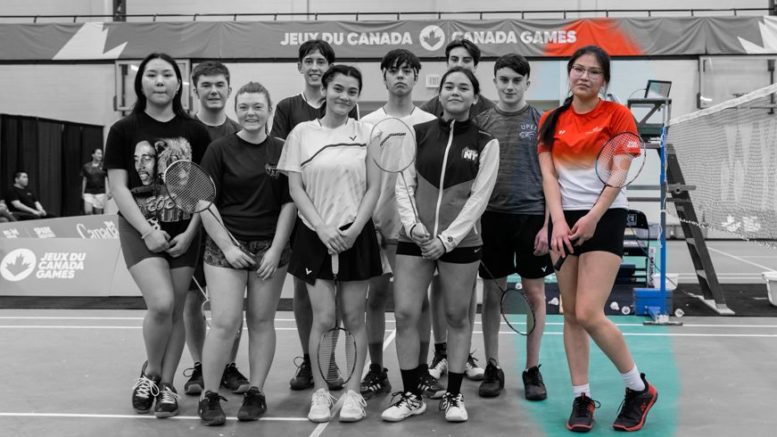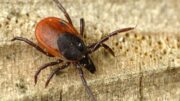For Brittany Kendo, training for badminton in her home community of Tsiigehtchic was a challenge.
With a population of less than 200, there is only one small gym, and one other person who would play with her.
If that wasn’t possible, she says, “I would sometimes just go there and hit the birdie against the wall.”
Yet Kendo, who now lives in Fort Simpson, made it to this year’s Canada Winter Games as part of Team NT’s badminton team. She is one of 101 athletes representing the territory at this year’s Games in P.E.I.
But of the 80 athletes whose home communities are publicly available, 71 per cent are from Yellowknife.
Kendo, 18, is the only athlete listed as being from a community other than Yellowknife, Hay River, Fort Smith, or Inuvik.
Even in Fort Simpson, the recreation centre is next to the community centre where court takes place. That means when court is in session, sometimes for almost a week at a time, athletes aren’t allowed to practice.
Kendo says athletes from smaller communities face a number of obstacles in their careers, from lack of access to facilities and programs to a lack of awareness of events like the Canada Winter Games.
“The majority of my friends didn’t even know Canada Winter Games was happening, or some people didn’t even know there was such a thing as Canada Winter Games,” she says. “I didn’t know there was such a thing as Canada Winter Games.”
Seventeen-year-old Jaicee Tsetso was an alternate for the Team NT basketball team, but living in Fort Simpson, she wasn’t able to make any practices in Yellowknife.
She says this likely hurt her chances of making the team when another player dropped out. “I didn’t get to go to any of the practices because I had no way to get to Yellowknife, and the coaches didn’t even try to get me there,” she says.
“They should make a rule so they can only accept two people from each community, so Team NT is representing the NWT and not Yellowknife.”
As for the representation of Indigenous participants, Department of Municipal and Community Affairs spokesperson Jay Boast acknowledges the percentage of Indigenous athletes on Team NT is less than 51 per cent, although he did not say by how much. “More needs to be done to better prepare Indigenous athletes to compete for a place on Team NT,” he says.
“The importance of raising Indigenous participation is essential to building community development, and to moving toward reconciliation with Indigenous peoples.”
To reduce these gaps in representation, Boast says small communities need more coaches, officials, and volunteers to help young athletes along. He says the department is working in those communities to increase access to funding and programs. MACA also provides funding for summer camps, regional events, and other similar programs and initiatives.
For now, athletes like Kendo and Tsetso will have to make do with the court at Fort Simpson Recreation Centre, so long as court isn’t in session next door.









